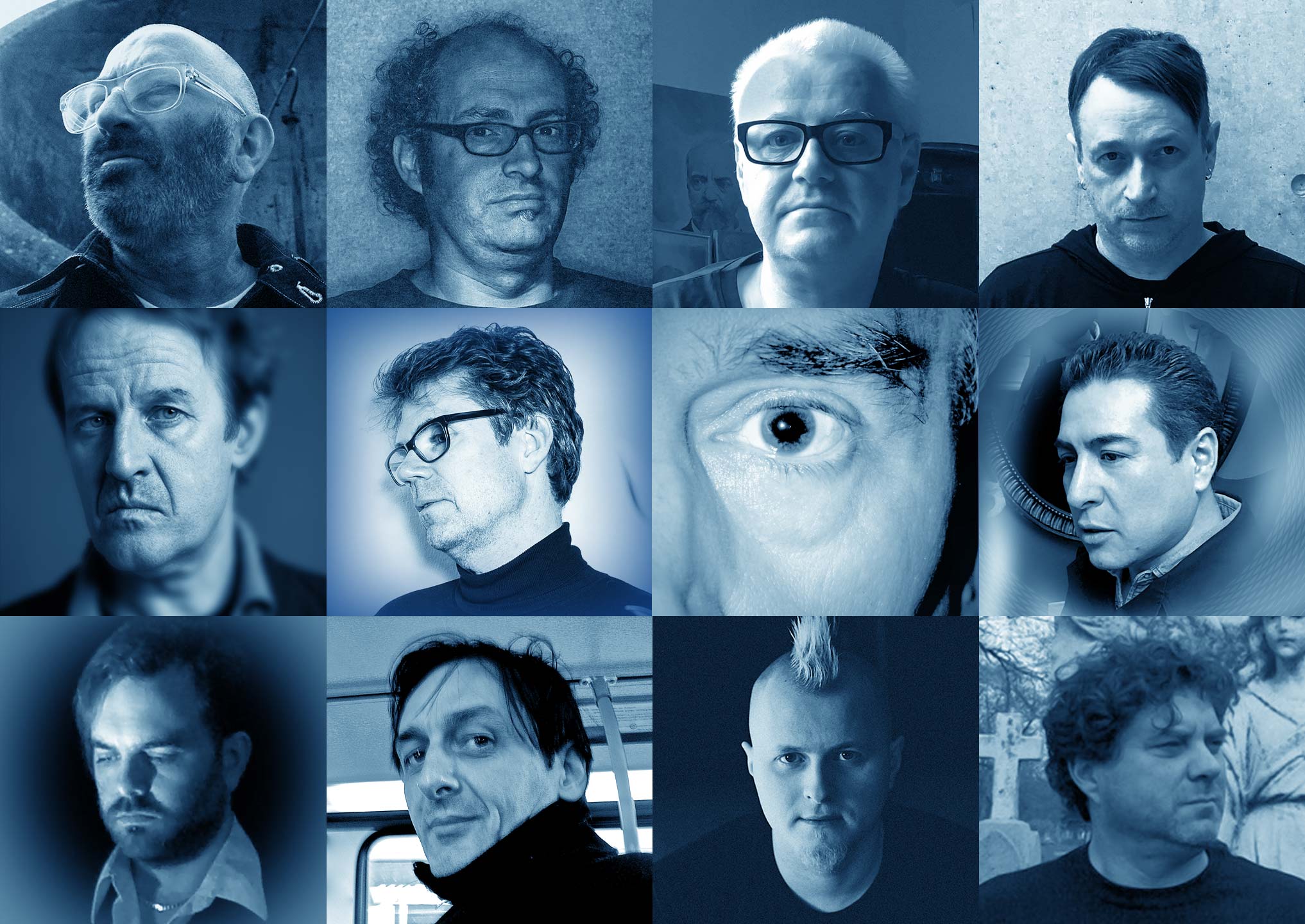9 Beet Stretch 2.0: Meta Tones

Created and coordinated by artist Mauricio Reyes (Cycom), the 9 Beet Stretch 2.0: Meta Tones is an exploration of the properties of time and acoustics. It is about the design and construction of sound structures built according to the law of chance. It is also about time transformation, musicology, and acoustics. It pushes existing boundaries and genre definitions. It is explained broadly by exploratory sensibilities radically opposed to, and questioning of, institutionalized compositional, performing, and aesthetic conventions. It contains elements of indeterminate music, in which the composers can introduce the elements of chance or unpredictability concerning their compositions. Artists approach a hybrid of diverse styles or incorporate unorthodox and unique elements without any rules beyond the taste or inclination of the musician(s) involved. [a]
Compositional practices for this project employ limited or minimal musical materials. Prominent features include repetitive patterns or pulses, steady drones, consonant harmony, and reiteration of musical phrases or smaller units. It includes features such as phase shifting, resulting in what is termed phase music, or process techniques that follow strict rules, usually described as process music. The approach is marked by a non-narrative, non-teleological, and non-representational approach, and calls attention to the activity of listening by focusing on the internal processes of the music. [b]
Definition and Objectives
The 9 Beet Stretch 2.0: Meta Tones has its foundation on the 9 Beet Stretch which is a remarkable remaking of Beethoven’s 9th as massive soundscape: a piece in which familiar motifs develop twenty times more slowly than we’re used to, at times lovely, at times overwhelming. It is the best-known symphony in the world transformed into a dramatic, haunting, and hypnotizing soundscape that passes like clouds over a vast landscape. [c]
The 9 Beet Stretch remains in essence a classical piece of music stretched to 24 hours. The objective of this project is to transform this piece of modern culture one more time to turn it into a vast electroacoustic landscape. A group of notable experimental musicians has been invited to participate. The original 9 Beet Stretch will be divided into multiple segments, each participant will receive one. There are no rules in terms of the approach of the participants in this project, they create their own rules as they work. The resulting piece is a mix of field recordings, processed electronics, stretched segments from some of their existing compositions, movie segments, or other audio sources that exist under a creative commons license.
All the participants are seasoned musicians with decades of combined experience in the field of sonic research, ambisonics, pataphysics, electroacoustic and experimental music. The creative process has been simplified by re-using existing audio materials and applying carefully the law of chance. Creating overlays without expectations to discover new possibilities not achievable with planning. Then re-arranging these layers of sound to create sophisticated, cerebral pieces of experimental music.
The manifesto for this project states: “Don’t overthink it, experiment.”
By transforming and combining the 9 Beet Stretch with existing elements of the participants’ work or other sources, their segment becomes a new piece of music belonging to a larger structure. The idea is to develop a system in which all components relate to one another as a whole but have enough individuality to stand as works in their own right. The 9 Beet Stretch slows symphonic time so that movement is barely perceptible. What you hear in normal time as a happy Viennese melody lasting 5 or 10 seconds becomes minutes of slowly cascading overtones while a drumroll becomes a nightmarish avalanche. [d] The participant musicians have experimented with granular synthesis, proprietary electronic processes, and organic sounds to elevate or normalize these stretched classical passages. The construction and manipulation of each segment have no limitations in terms of compositional values. It is impractical to think that audiences will listen to these recordings from beginning to end. Composing a score this long is quite an ambitious task, hence these compositions have been created according to the law of chance. Marshall McLuhan said: “When you brush media against other media, interesting and unexpected results often occur.” [e] By means of pure experimentation Vs. careful composition the participant musicians have achieved extraordinary results.THAT is the point of this exercise. However, the 9 Beet Stretch 2.0: Meta Tones remains recognizable in spirit if not in form, its frozen strings fraught with tense, frowning Beethoven-ness. Crawling across Beethoven’s magnum opus with a microscope, so to speak, with every note stretched out to 24 times its normal length, is frighteningly revealing. [f]
[a] https://en.wikipedia.org/wiki/Experimental_music / [b] https://en.wikipedia.org/wiki/Minimal_music
[c/d] https://www.quietamerican.org/9beet.html – [e] Ben Sisario, The New York Times – [f] Kyle Gann, The Village Voice – Marshall McLuhan – The Medium is the Massage: An Inventory of Effects Penguin Books
Visual Sonography: Participants

Visual Iconography: Participants
Each one of the participants has a very unique musical DNA. The visual iconography denotes everyone’s style. These icons have been used during the creation of the 9 Beet Stretch 2.0 to identify their placement in the audio timeline.